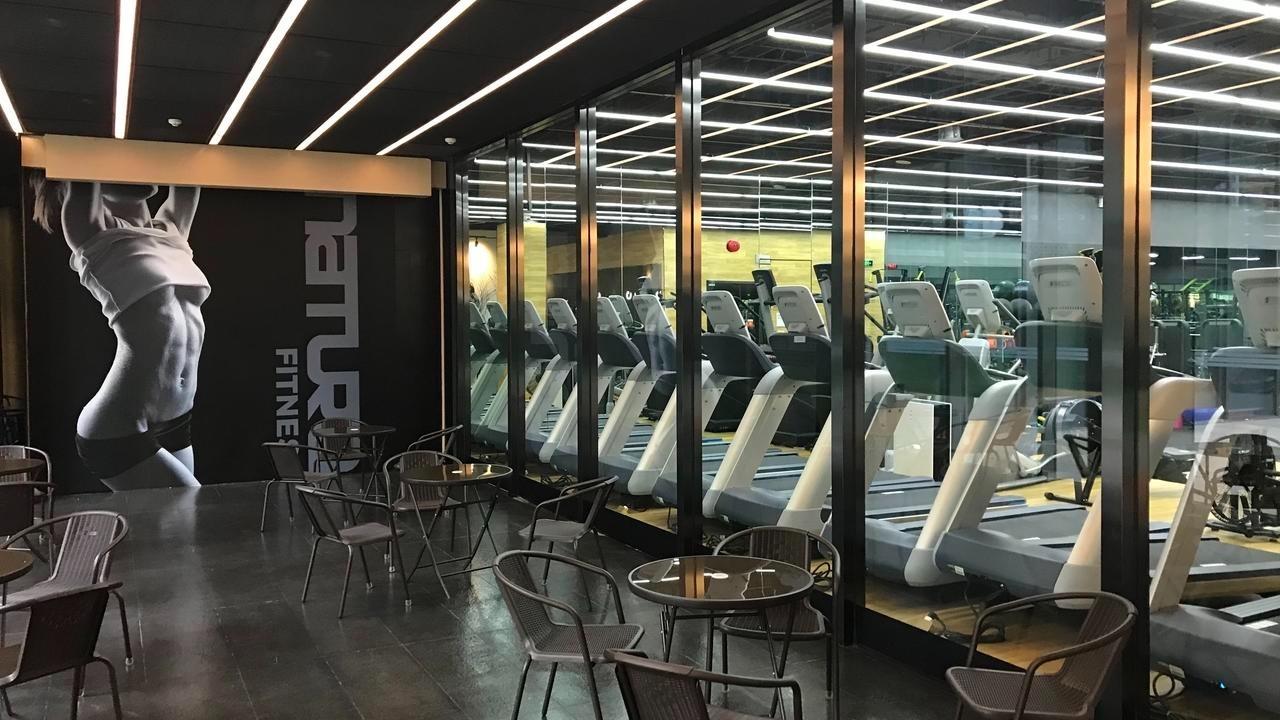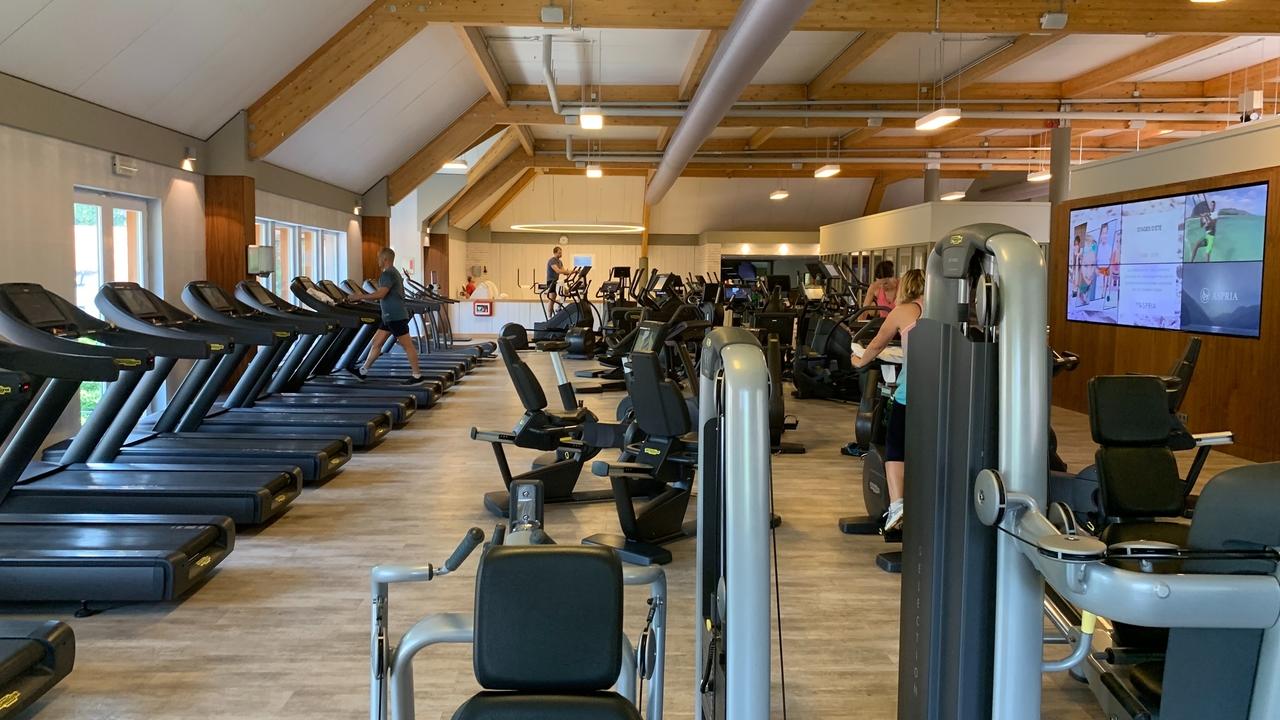Visits and how they affect Retention Pt 3.

Ultimately, if you want to stay in business, people must use your facility, and, as I've mentioned previously, you want members to visit a minimum of once per week or four times per month and upwards.
My Retention VIP project focusses on just three areas: visits, interactions and programming. In conversation, the staff’s responsibility is simply to drive visits, because if they don't attend, it doesn't matter how well-educated your staff are or how beautiful your club is, it's irrelevant.
So a lot the of work I do with staff is based around about asking customers when they are in next. When they are next training, and when they were in last - trying to get them into a routine. People who follow exercise on a routine behaviour, for instance, same day / same time, adhere to their exercise programme, what we prescribe for them, much more strongly. Plus they retain their memberships much, much longer.
Vice versa, people who train on an ad hoc basis drop in and out much more quickly. S...
How to build your Customer Journey to Improve your Retention Pt 2.

In this second of our four part series on customer retention, we explains the importance of the customer journey…
We use segmented data in our marketing to attract new customers by age, gender and sometimes by sociodemographic group. But once they've joined, we need to start segmenting them based on their behaviours. How frequently are they visiting? What activities are they doing? What are their preferences? What feedback are we getting in terms of their net promoter score?
Visit frequency is a key behaviour, because if visit frequency is low, there's a tendency for that person to drop out.People are much more likely to stay customers if they visit a minimum of four times per month in the first month.
My preference is to describe visit frequency per month, because so much fluctuates weekly. Sometimes people can't visit three times in one week, but they might make up a session the following week. So give your members a range rather than an absolute number, and encourage them to...
Creating a Retention Strategy Pt 1.

In this four-part series we take a look at the essential steps to building an effective retention strategy.
To measure retention you need to measure a time period, which usually starts with the day of joining and ends with their last payment or visit. You also need age and date of birth, gender and membership type. Collecting as many variables as you can allows better interrogation of the data to see what's impacting retention.
For example, we had almost a million member records for the Australian industry retention report. Fairly unique to Australia and New Zealand is weekly and bi-weekly membership payments, so we looked at whether the frequency of payment made a difference - it didn’t. But what we did find was that it made a difference to the sales figures. So Australian operators now know they can disregard the payment structure as a retention tool, but recognise it as a sales tool; without accurate data we wouldn’t have been able to see this trend.
Across the rest of the world ...
Who are your Most Valuable Members (MVM)?

If we take the data from your membership management software, we can break the content down by many variables. The White Retention Report identified that older members, who pay more and were on a contract were more likely to retain their membership than those that were younger, paid the least and were on month-by-month agreements.
We could go further and look at their social demographic profile, use the Sport England, Scotland or Welsh profiles to try and understand who our members are. However these are now rather dated and Experian, who produced these classifications for the sports bodies, are about to update their data system MOSAIC for the third time since these were originally introduced, such has been the change in the economy and the buying habits of consumers in the past 10 years.

While these approaches enable you to label the types of members you have, where more of them are and what magazines they read etc, etc, what it doesn’t do is consider the behaviour of the members...
We Need to Talk (MORE)

Talk To Retain
The data on member communication doesn’t make pretty reading for the industry, says Dr Paul Bedford – but some simple mindset changes can make all the difference.
There is no doubt about it, talking to members improves retention and reduces attrition. This delivers advantages to the operator: it increase revenue and is good for the member, as it improves the overall health club experience.
How can we say this with such certainty?
Research evidence generated over the past 12 years clearly demonstrates a relationship between staff, member interaction and retention.
This data identifies that health club members interviewed on the gym floor while working out want some level of interaction with staff. The statistics show that staff interactions are a strong predictor of membership maintenance.
Members who are spoken to every visit are 60% less likely to quit than those who are spoken to occasionally and 70% less likely than those who are spoken to rarely or never. This ...
A 12 Month Randomised Control Trial to aid Exercise Retention

Retention has been a key business issue in the fitness industry since the first retention report produced by Dr Melvyn Hillsdon in 2000. This was the first report on the topic to use scientific methods for reporting what was actually going on within clubs. Subsequent reports began to unravel the behaviours of members during the adoption and maintenance phases of membership. A key element identified early in the reports was that members who visited their club at least once per week in the first four weeks were more likely to stay members over the longer term.
As a result of this many operators rushed to develop gym induction systems forcing members to attend multiple appointments to ensure this four visit frequency. Little thought was given to the content of the inductions beyond extending the amount of equipment that was introduced. This lead to inductions processes that increased time with an instructor to 2-5 hours over multiple appointments. Little consideration was given to the ne...
Retention: The importance of self-knowledge - HCM Feature
Retention: The importance of self-knowledge
There’s no one thing that will fix your member retention, but clarity of mission, a strong culture and an eye for data will drive significant change. Kate Cracknell reports from this year’s Retention Convention
“The fitness industry today is a place of blurred lines between a proliferation of business models,” said Dr Paul Bedford at last month’s Retention Convention. “Before you can define your customer experience, or create your customer journeys, you need to define who you are.”
Bedford was speaking at his fifth annual Retention Convention – this year sponsored by Precor, The Retention People, DFC, Coach AI and Willmott Dixon – which saw a series of high-performing operators sharing their retention best practice.
Bedford’s message: Be absolutely clear about who you are and who you’re targeting, and build a company culture that reinforces this at every touchpoint. Only then will you be in a position to deliver the sort of compelling ...
7 Ways to get your Members to LOVE your Club

Member loyalty is of extreme importance to any club, it is the base that member retention is built on. Many clubs find that their ‘loyal’ members often defect to the competition, because of price, location or that its just a new facility. Yet we find that there are clubs that have ‘members ’ who are loyal to the extent that they love them, will never leave them and will be willing to pay more money for the same product/service. Usually we find these types of ‘members ’ in sports, music, and charities.
For example, when have we heard of fans giving up support for the Boston Celtics or Manchester United, just because they didn’t win the trophy? Or when have you heard of people flocking to the music stores to buy a particular music album just because it’s on sale. People will only buy music they love, not because it offers more points, is cheaper, or just because it was conveniently available. Similarly, most people who donate money to a charity usually do so because they feel e...
Budget Gym Charges Premium Prices

I have spent much of the last fifteen years standing in gyms talking to members about their expectations and realities of the health club experience. In the week leading up to Easter I was once again on the gym floor. Three days of interviewing in three sites across the country. While the interviewing had a specific focus much of the insight gained from members whilst they exercised had remained the same. To few interaction if any with the staff, little support on the development of exercise programmes and beginnings of a trend to get support from the internet rather than from a member of the fitness team.
On day one while interviewing one member I asked one of the standard questions I ask. When was the last time an instructor spoke to you? The response was somewhat alarming. You were. You were the last person to speak to me, the last time you were in the gym doing this stuff. They were right I had been in this particular gym four years ago and i had spent time interviewing members I ...
One Focus, Membership Gains

Historically our focus had always been on membership sales, and whilst we had data relating to visit frequency and how long our members stayed with us, we needed to put a strategy in place to improve upon these figures.
We signed up to Dr. Paul Bedford’s 6x6 retention project, which saw our team engage in six one-day business growth training sessions across a six month period, because we wanted to really understand our existing member journey and then create a new one with quality service, member retention and operational excellence at its forefront.
During the early sessions Paul focused us on ensuring the staff, no matter what their job, understood that members are the number one priority. We took time out to make certain everyone was on board with this, from support staff team members to the community outreach team, and that has stayed with us and made a huge difference.
At Active Stirling our main site is the £27.3 million Stirling Sports Village, which boasts a number of ou...


